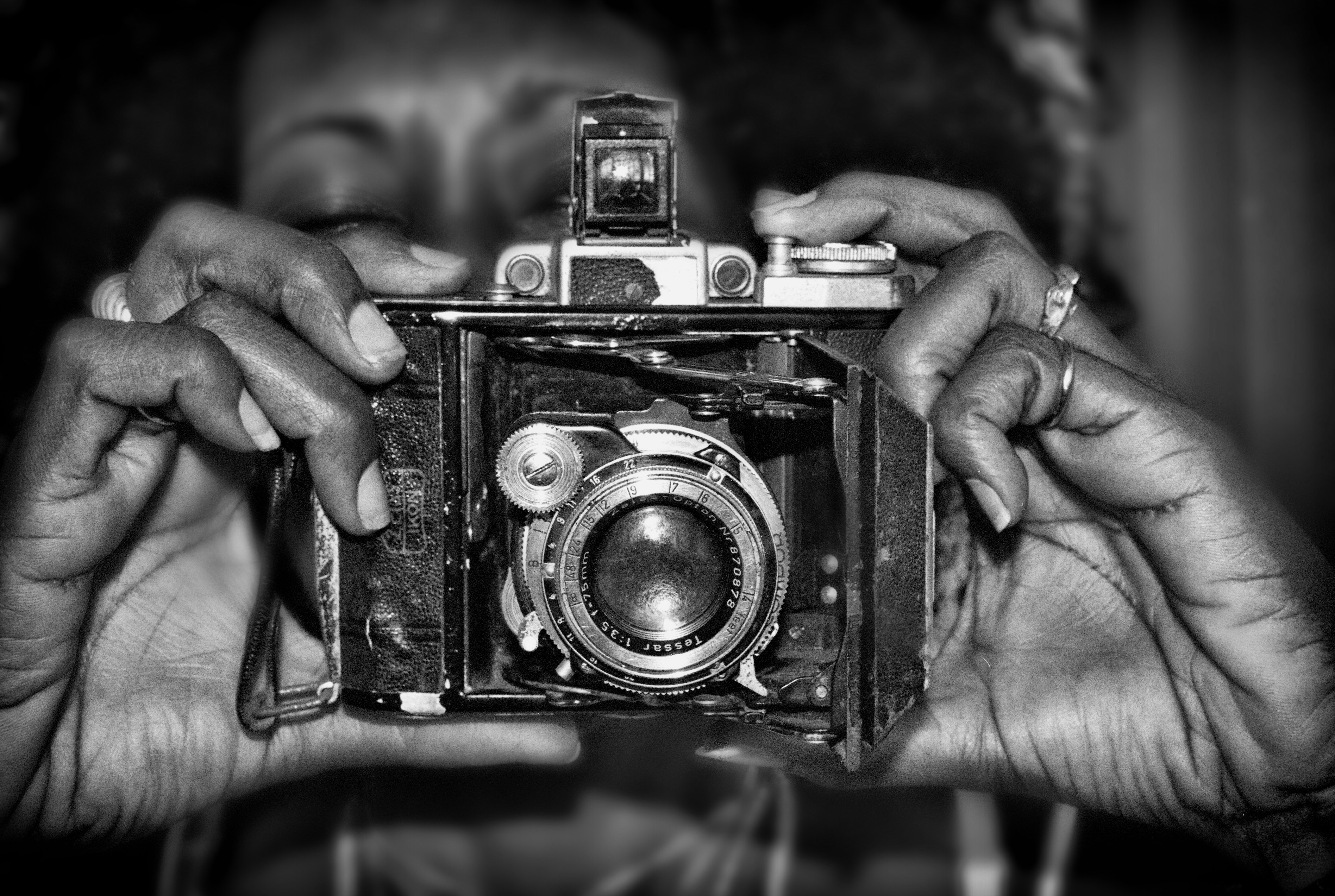The Chromatic Journey: Explore Emotion-Centric Color Choices in Photography
Color is more than just a visual aspect of photography; it’s a profound tool that can evoke emotion, tell stories, and even shape the viewer's perception of a moment. The way you choose and implement color in your photography can transform a simple image into a symphony of feelings and experiences. If you've ever found yourself mesmerized by a photograph's color palette, you know the magic that lies within these choices. This guide embarks on a chromatic journey, unveiling how emotionally-centric color selections can elevate your photography to new heights.
Understanding the Emotional Impact of Color in Photography
Every professional photographer recognizes the power of color—but few truly harness it to convey emotion. Color psychology, a well-studied area, reveals how different hues can provoke reactions. For example, red often evokes passion and urgency, while blue can convey calmness and serenity. Even within individual scenes, the context matters: a warm sunset can feel inviting, while a stark, gray sky might invoke feelings of melancholy.
Understanding and leveraging these emotional responses can enhance your storytelling capabilities. Applying different color palettes strategically—whether through editing software or during initial capturing—allows you to orchestrate a visual narrative that resonates deeply with your audience. Don’t just take snapshots; aim to elicit feelings through your lens.
The Art of Color Composition
Grasping the fundamentals of color composition is essential for photographers who wish to master this emotional technique. When you combine colors thoughtfully, you create dynamic contrast and harmony. Here are a few key principles to consider:
-
Complementary Colors: Colors located opposite each other on the color wheel create tension and excitement. For instance, pairing blue with orange can produce striking results, pulling the viewer's eye.
-
Analogous Colors: These are colors located next to each other on the wheel, offering a sense of cohesiveness and tranquility. A palette of greens and yellows can evoke a fresh, calming scene that invites viewers to relax.
-
Monochromatic Schemes: These use variations in lightness and saturation of one color to create depth and consistency. A series of photographs that live in the blue spectrum can narrate a cool, introspective journey.
Exploring these compositions gives you broader creative freedom to manipulate emotions effectively.
The Role of Lighting in Color Perception
Lighting is an integral co-artist in your photographic journey. It doesn’t merely illuminate; it saturates, dulls, or alters hues, fundamentally changing how colors are perceived. Natural light, for instance, transforms scenes dramatically throughout the day. The golden hour envelops everything in warm tones that induce comfort, while harsh midday sunlight can wash out colors, making them feel sterile or overexposed.
Utilizing different types of lighting can also evoke specific emotions associated with colors. Overcast days might lend your photographs a somber feel, while twilight can bring an enchanting mood that tantalizes your viewers. Understanding how to manipulate and maximize natural light can dramatically enhance your emotional storytelling abilities. For further insights on lighting’s influence, check out this piece on natural light on mood.
Practical Tips for Color Choices in Your Photography

-
Create a Mood Board: Before heading out for a photoshoot, gather images and colors that inspire you. Pinterest is a handy tool for this. Creating a color palette can inform you of the emotions you want to evoke.
-
Experiment with Gear: Use filters or even lens attachments to tweak colors in real-time. Experimenting with gear like polarizing or ND filters can alter the dynamic range and enhance colors while capturing.
-
Post-Processing Techniques: Digital editing opens a realm of possibilities. Software like Adobe Lightroom can enhance colors and tint images, while color grading can help evoke emotions post-capture. Explore the nuances of editing with resources like color grading’s emotional power.
-
Study Existing Works: Analyze works from acclaimed photographers who effectively use color to convey emotion. You might gain fresh insights into how different cultural contexts also impact color perception. Learn more about this dynamic in our exploration of cultural influences.
-
Seek Feedback: Share your work with peers or in photography forums. Getting direct feedback can offer new perspectives on your color choices and emotional impact.
Cultivating a Personal Style

As you explore color theory and its emotional effects, remember to cultivate your distinct voice as a photographer. Engaging with color on a personal level can bring out unique hues and subjects, allowing you to differentiate your work from others. Consider what colors resonate with you, and make them a staple in your portfolio.
As you progress, capturing the essence of your surroundings becomes your signature. Whether you find solace in subtle pastels or vibrant primaries, your DNA as a photographer is written in the colors you choose.
Color and Its Relationship with Subject Matter

Different subjects often pair well with specific colors. Nature scenes, for example, thrive on earthy greens and browns that reflect natural beauty. Conversely, urban photography may leverage bold neon colors or stark monochromes to convey modernity or energy.
The notion of using color to narrate different types of stories is vital to emotional photography. By aligning your color choices with the subjects in your frame, you can craft compelling visuals that speak volumes without uttering a single word. Discover how underlying themes shape your use of color by delving into our article on engaging the senses in storytelling.
Using Color to Evoke Emotion in Portrait Photography

When delving into portrait photography, choosing the right color palettes can yield powerful results. For instance, warm colors can amplify feelings of warmth, intimacy, and trust, while colder shades may provide a more introspective feel. Consider the psychological aspects of portraiture as you explore the art of emotion through color.
Additionally, the background plays a critical role in portrait photography. An adequately chosen backdrop can support the emotional undertones of your subject, subtly enriching the narrative of the image as a whole.
The Intersection of Color and Sound in Visual Storytelling

It may surprise you to learn that colors and sounds share a profound relationship, one that you can leverage in your photographic work. This intersection allows a deeper exploration of storytelling—colors can evoke specific sounds and vice versa.
Incorporating soundscapes into your photography process, whether by considering how quiet or vibrant a location feels, can inform your color choices and emotional interpretation. This concept is discussed further in this piece on soundscapes and visual storytelling.
Final Thoughts: Embrace Your Chromatic Journey
As you embark on this chromatic journey, remember that there's no definitive right or wrong when it comes to color choices. Your work is an expression of your emotions and experiences. By experimenting with different hues and compositions, you give life to your images and provide viewers with diverse emotional journeys.
So grab your camera, immerse yourself in the captivating world of colors, and explore how they intertwine with your photographic vision. The only limitation is your creativity, so let passion guide your colorful explorations, and watch your photography bloom!






